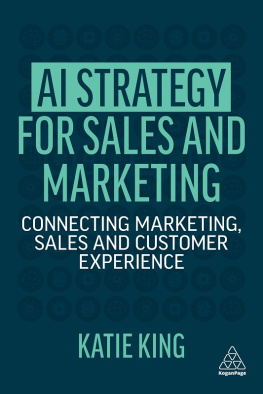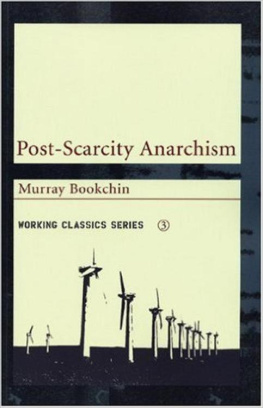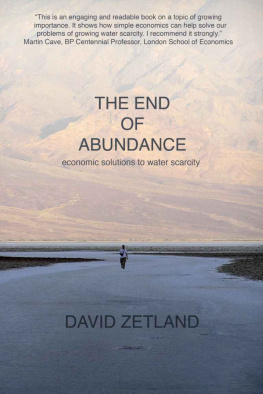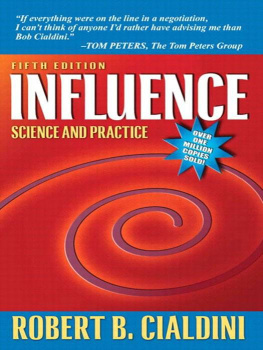Contents
Guide
Page List
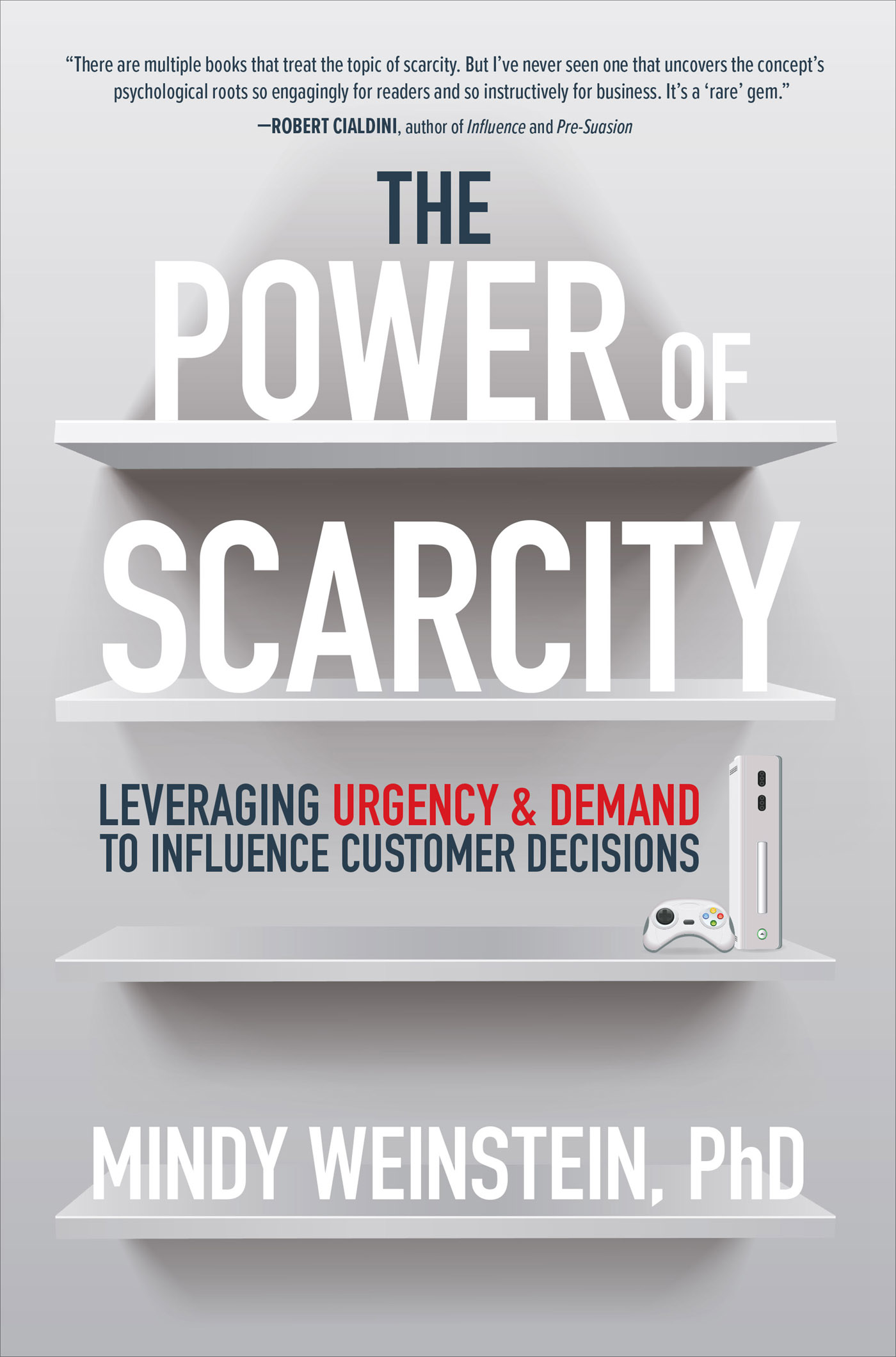

Copyright 2023 by Mindy Weinstein, PhD. All rights reserved. Except as permitted under the United States Copyright Act of 1976, no part of this publication may be reproduced or distributed in any form or by any means, or stored in a database or retrieval system, without the prior written permission of the publisher.
ISBN: 978-1-26-427824-4
MHID: 1-26-427824-1
The material in this eBook also appears in the print version of this title: ISBN: 978-1-26-427823-7, MHID: 1-26-427823-3.
eBook conversion by codeMantra
Version 1.0
All trademarks are trademarks of their respective owners. Rather than put a trademark symbol after every occurrence of a trademarked name, we use names in an editorial fashion only, and to the benefit of the trademark owner, with no intention of infringement of the trademark. Where such designations appear in this book, they have been printed with initial caps.
McGraw Hill eBooks are available at special quantity discounts to use as premiums and sales promotions or for use in corporate training programs. To contact a representative, please visit the Contact Us page at www.mhprofessional.com.
TERMS OF USE
This is a copyrighted work and McGraw-Hill Education and its licensors reserve all rights in and to the work. Use of this work is subject to these terms. Except as permitted under the Copyright Act of 1976 and the right to store and retrieve one copy of the work, you may not decompile, disassemble, reverse engineer, reproduce, modify, create derivative works based upon, transmit, distribute, disseminate, sell, publish or sublicense the work or any part of it without McGraw-Hill Educations prior consent. You may use the work for your own noncommercial and personal use; any other use of the work is strictly prohibited. Your right to use the work may be terminated if you fail to comply with these terms.
THE WORK IS PROVIDED AS IS. McGRAW-HILL EDUCATION AND ITS LICENSORS MAKE NO GUARANTEES OR WARRANTIES AS TO THE ACCURACY, ADEQUACY OR COMPLETENESS OF OR RESULTS TO BE OBTAINED FROM USING THE WORK, INCLUDING ANY INFORMATION THAT CAN BE ACCESSED THROUGH THE WORK VIA HYPERLINK OR OTHERWISE, AND EXPRESSLY DISCLAIM ANY WARRANTY, EXPRESS OR IMPLIED, INCLUDING BUT NOT LIMITED TO IMPLIED WARRANTIES OF MERCHANTABILITY OR FITNESS FOR A PARTICULAR PURPOSE. McGraw-Hill Education and its licensors do not warrant or guarantee that the functions contained in the work will meet your requirements or that its operation will be uninterrupted or error free. Neither McGraw-Hill Education nor its licensors shall be liable to you or anyone else for any inaccuracy, error or omission, regardless of cause, in the work or for any damages resulting therefrom. McGraw-Hill Education has no responsibility for the content of any information accessed through the work. Under no circumstances shall McGraw-Hill Education and/or its licensors be liable for any indirect, incidental, special, punitive, consequential or similar damages that result from the use of or inability to use the work, even if any of them has been advised of the possibility of such damages. This limitation of liability shall apply to any claim or cause whatsoever whether such claim or cause arises in contract, tort or otherwise.
To my husband, Mike, and my two boys, Quentin and Bryson, who make me laugh and smile every day.
Contents
Introduction
IT MIGHT SOUND MELODRAMATIC to say that everything changed that day in 2017. It was another 110-degree day in Phoenix, literally hot enough to fry an egg on the sidewalk. The heat didnt get to me that morning, though, because I had a meeting with renowned social psychologist Robert Cialdini. Dr. Cialdini had graciously agreed to meet with me to discuss an academic topic, but our conversation became so much more. Over a cup of coffee, we discussed persuasion and its powerful psychological impact. We talked about the subtle ways wording a message can lead to greater influence. We even talked about FOMO (fear of missing out) and the havoc it wreaks on the mind.
That one-hour conversation led me on a three-year journey into researching, experimenting with, and understanding scarcity.
Its no secret that scarcity can lead to tunnel vision. People become consumed with what they cant or dont havewhich is why marketers often use scarcity messages in their campaigns.
But there is so much more to scarcity than simple supply and demand. Its not as simple as, if we think something is scarce, well want it more. There are many more layers of complexity involved that can tip the scales on whether scarcity will prompt someone to take action or walk away.
In other words, scarcity isnt straightforward, and using it the wrong way can backfire. Lets look at two examples of scarcity, one recent and one classic.
THE PANDEMIC AND THE RUN ON TOILET PAPER
As the worldwide Covid-19 pandemic quickly spread, consumers began stocking up on toilet paper and clearing out store inventories. It was not uncommon to see empty shelves, as retailers struggled to keep stocked with the now-hot commodity.
People became obsessed with getting their hands on toilet paperbecause obsession is a classic side effect of scarcity. The lower the inventories of toilet paper became, the more obsessed people were with getting their hands on it. Toilet paper became nearly impossible to find at local stores, and those stores couldnt get enough product from their distributors, even though distributors were getting their normal supply from manufacturers. Demand skyrocketed. Fights between customers erupted in stores, some so heated that police were called in to intervene.
The sudden toilet paper crisis baffled economists and researchersit wasnt just a national problem; it was a global problem. A caf in Australia started accepting rolls of toilet paper as payment. The price of that cup of coffee you wanted? Three rolls. Armed robbers in Hong Kong raided a local supermarket and took 600 rolls of toilet paper, but nothing else.
One of the prevailing theories regarding the sudden run on toilet paper is that people were afraid there wouldnt be any when they needed it. Toilet paper was perceived as a scarce resource sparking immense competition among consumers trying to purchase it.
TICKLE ME ELMO
Twenty-four years earlier, a different shortagealbeit no less unusualoccurred involving a talking Sesame Street toy.
The internet buzzes with rumors of toy-store cashiers trampled by Elmo-crazed crowds, of Elmos being scalped for $7,000 apiece. Newspaper classified columns bulge with ads asking $1,000 for Elmo, which retails for $29.99 and is the most hard-to-find holiday toy since the Cabbage Patch Doll of 1983. Even the Mafia has joined the frenzy.
NEW YORK TIMES, 1996
If you were a child, parent, or grandparent in the mid-1990s, you probably remember the Tickle Me Elmo craze that swept the nation. The 16-inch Sesame Street figure, which laughed and said, That tickles! when its belly was squeezed, caused mass chaos during the Christmas season of 1996. Tyco Toys Inc., the manufacturer of Tickle Me Elmo, expected moderate success of its toy during Christmas; Tyco certainly did not anticipate what actually happened.
Tickle Me Elmo was featured on Rosie ODonnells television show and promoted in ads on television as the holiday season approached. Just one day after Thanksgiving, nearly 800,000 Elmo dollsTycos entire inventoryhad been snapped up within hours. What happened next? News spread about the Elmo doll shortage, which only increased the demand for itand gave rise to the hysteria that followed. Parents became obsessed with getting the toy for their children. As the


